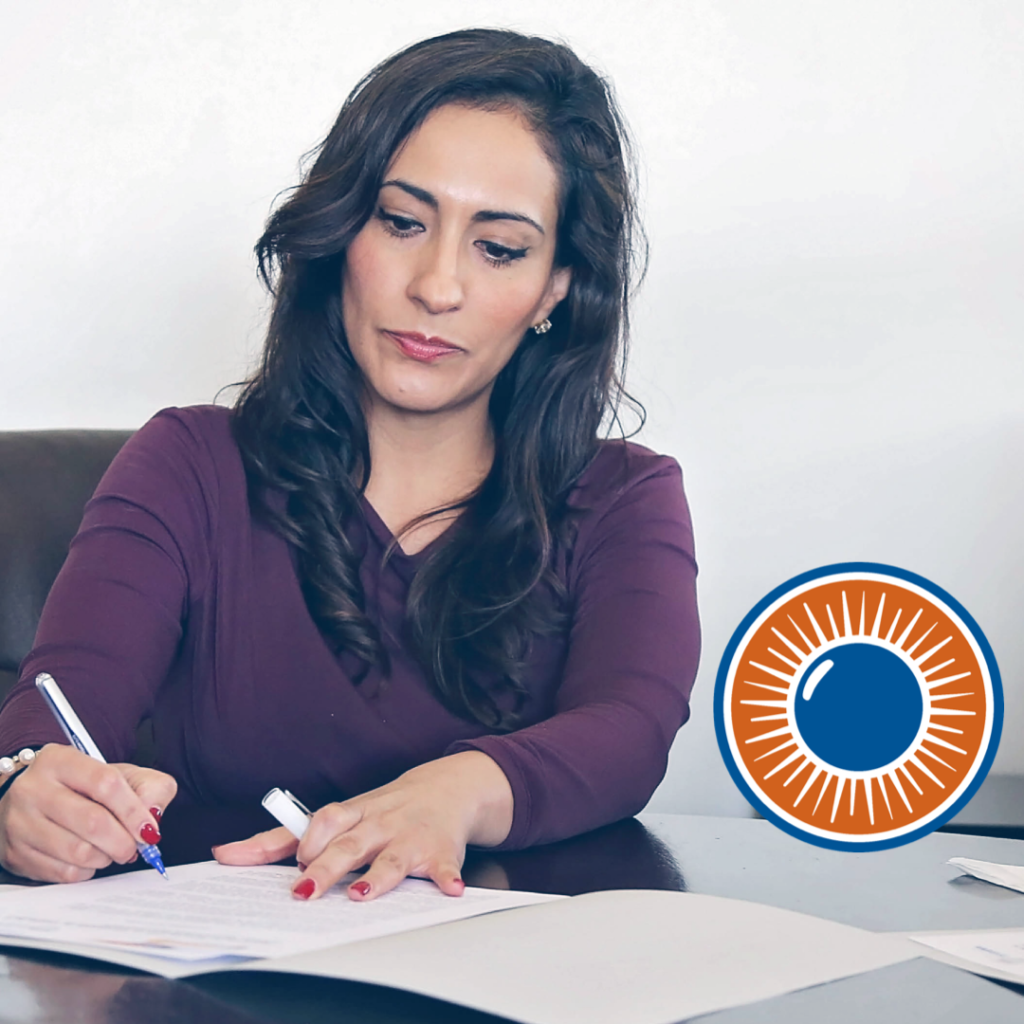Contacts past age 40? – Dr. Marc Robinson
Many patients wear contact lenses up until age 40 and then quit or “drop out” when they begin to have near vision problems.
Accept that glasses are the only option, and move on? Over age 40 your best corrected and most comfortable vision will always be in glasses. But our lifestyles are complex, and the reality is that contact lenses are still a great option.
Some common reasons patients tell me they gave up on contacts:
“My prescription is too high.”
“I have too much astigmatism.”
“They don’t make soft lenses that can solve my issue.”
“I can’t wear contacts anymore because I have to wear reading glasses over them.”
These almost never limit the ability to get patients properly fit into contact lenses.
Many people enjoy the option to wear contacts to exercise (and be able to see the fitness app on their watch), to go out to dinner (and read the menu), to grocery shop (and read labels), to give lectures (and glance down at notes), or just play with kids or grandkids without them pulling glasses off of their face.
Multifocal contact lens fitting is heavily dependent on how the doctor refracts and selects the lenses based on the distance prescriptions, near prescriptions, astigmatism on the outside of the eye (cornea), amount of astigmatism inside your eye (lens), the diameter and curvature of the front of the eye, sensory eye dominance, motor eye dominance, adaptability, material, and other factors. The philosophy behind how we solve this problem is what makes the difference in how functional the final contact lens prescription will be.
The old way of solving this involved simply making one eye the “distance eye” and one eye the “near eye”. Now this was an ok solution in the 1980s, but not great for today’s working environment. When we make only one eye see up close, we create a situation where you have that one eye doing double the work all day, especially if on a computer. Or let’s say for example you play tennis; does it make sense to limit your distance vision by only allowing one eye to track the tennis ball heading your way? In my opinion no. You have two eyes, you should be using two eyes.
My philosophy to correct this problem is with modern soft multifocal contact lenses. Fit carefully, they provide binocular vision, meaning we utilize both eyes to see far away and also utilize both eyes to see up close, even with astigmatism. This is my preferred method to correct patients over 40 because not only does it preserve 3D vision, it also allows your eyes to work together on near tasks, allowing a synergistic effect. I find this much more effective in allowing patients to get through a workday in their contacts. Of course, there’s always some level of compromise when it comes to contact lens wear, but we want to maximize functional vision.
During those times when you have some demanding near work to do, and your eyes require sharp focus, you really should be wearing prescription glasses. But for those times when you don’t want to wear glasses at all, you shouldn’t have to!
Dr. Marc Robinson
Gainesville Vision
(352)- 448-3932

